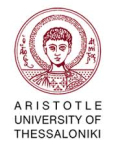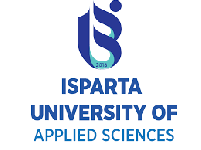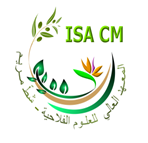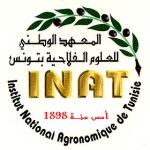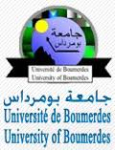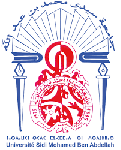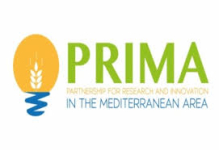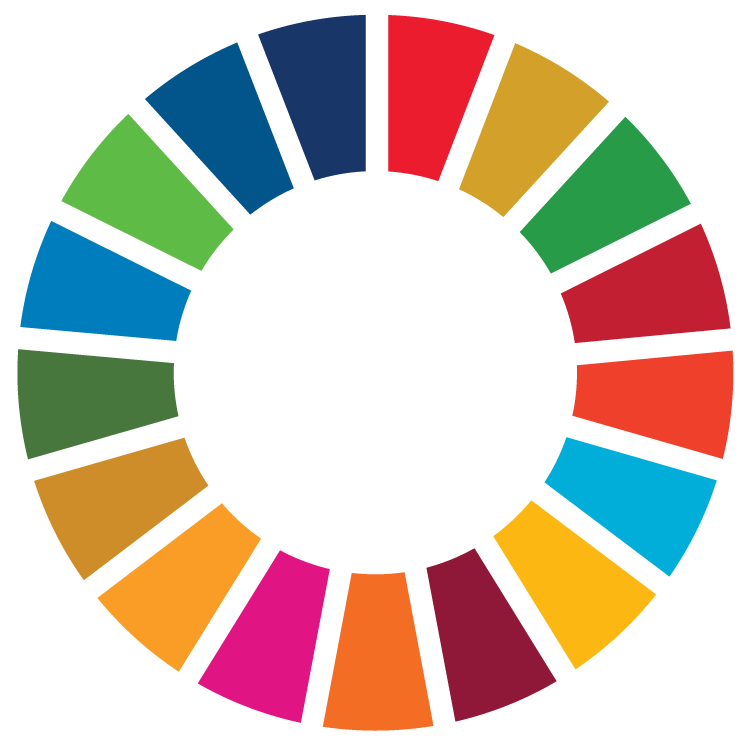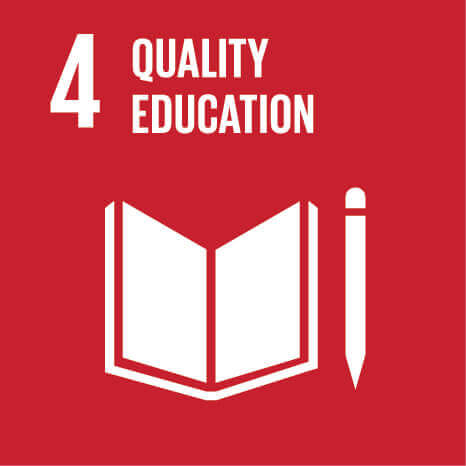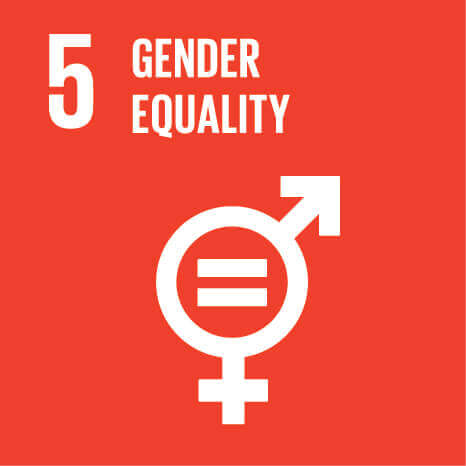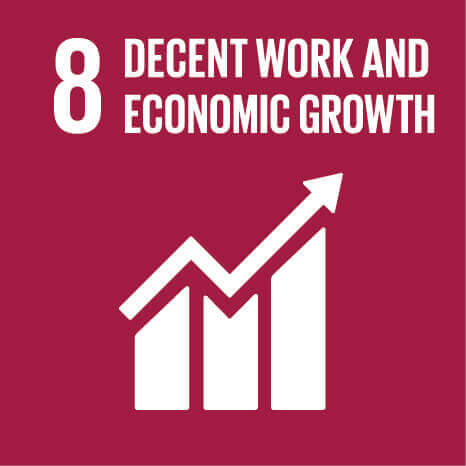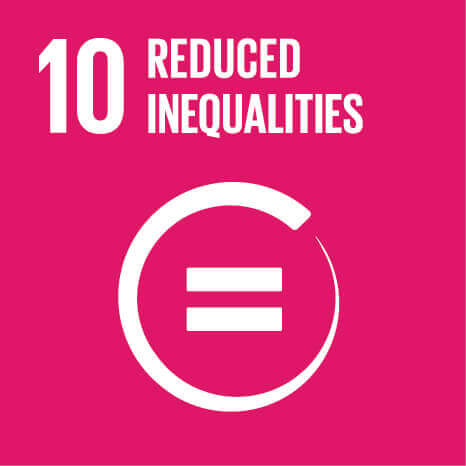In many participating countries, the agroecological approach is virtually unknown as are the benefits it brings to conservation, resilience and sustainability of tomato crop. ASTER has concentrated these activities in a single workpakage to allow a continuous interchange of information and updating to reach efficiently the widest possible audience in all participating countries. ASTER model can be easily transferred to other crops, annual or perennial, in the participating countries and elsewhere. Therefore, dissemination, exploitation and communication activities are a central part of ASTER whose WP6 is entirely dedicated to by involving all partners also to overcome linguistic barriers that could hamper the dissemination/uptake of project results.
a) Dissemination and exploitation1 of results
Plan for the dissemination and exploitation of the project's results’
i) Dissemination
- Project presentation to press (local, national), media (local, national), stakeholders, governmental bodies, local authorities; at least one interview of project presentation will be requested in all participating countries and project leaflets (digital and paper format) will be distributed (months 1-3)
- Web and social media pages (month 2 with trimestral update)
- Stakeholders Interactive Platform (month 2): partner and supporting stakeholders already grouped, other stakeholders to be invited soon after the beginning of the project
- Annual meetings for the presentation of projects results with specific open sessions (months 14, 26, 36)
- Local Workshops (at least 2/participating country months 18, 30)
- Scientific papers on JCR journals (all in “Gold” open access format)(expected from month 24 onward)
- presentations at scientific congresses (at least 3 national and 3 international)(from month 24 onward)
- Divulgative papers (digital and paper format)(expected from month 16 onward)
ii) Exploitation
- on-site training courses in all participating countries: modules of 15 people each, lasting 3 days (at least 1 module/year in selected Countries) (month 28 onward),
- video courses targeting farmers and students of agricultural schools and Universities (month 30)
- installation of 2 permanent didactic farms in Greece (AUTH) and Morocco (ENAM)(from month 24 onward)
- Stakeholders Interactive Platform to deliver ASTER innovation to the market (from month 2 onward)
iii) End users of project results
- scientific community in terms of new knowledge generated by the project (assessed by citation indexes of published papers)
- P8 and supporting stakeholders
- small farmers (the main target of all ASTER activities) involved since the beginning of the project with the selection of experimental fields and participating to all experimental activities
- local and National Plant Protection Organization targeted by videos and dissemination material
- students of agicultural schools and Universities willing to start a small farm activity targeted by formation courses and lectures
Barriers to the application of the results of the project might arise from skill shortages and from traditional/conventional value chains, less keen to innovate. In this context, the training activities should create a breach in the wall opposing to innovation showing the social, economic and environmental benefits stemming from the application of the agroecological model of ASTER.
The data generated by the project will be of various types including: the composition and features of the soil biodiversity; the composition and features of the Hymenoptera biodiversity concurring to ecosystem services (natural antagnists, pollinators); the composition and features of innovative bio-derived compounds for plant nutrition and protection; the socio-economic-enviromental impact of the project. Data will be exploited for the elaboration of a strategy to improve the resilience and the sustainability of tomato cultivation, to preserve water, to reduce synthetic inputs (pesticides, fertilizers, herbicides), to increase yield production (in quantity and quality) and guarantee better life conditions to smallholders. The participants to the project will sign an agreement to manage the ownership and access to key knowledge. All participant responsibles will set up a committee, together with the Coordinator, to deal with knowledge management and protection (ALIP see below). The panel will decide about the shared data that can immediately published and those that will be subject to an embargo period in order to guarantee the protection and possible exploitation of intellectual property.
b) Communication activities2 3
Communication activities (see point - a - and WP6 for more details) for the promotion of the project and of its findings will be addressed to all the different categories of stakeholders (professionals, scientists, farmers, producers, entrepreneurs, associations), to school and academic world (primary and secondary schools, Universities, Research Centers), to governmental Institutions (local, regional and national authorities), press (local, regional, national) and to the general public. Communication will be focused on the main aim and the expected impact of the project in terms of social, environmental and economic benefits. Interviews, a promoting video, digital and paper leaflets in all native languages will be distributed to all targets of communication in all participating countries. A projet page will be set up on the web (with different access levels and with links to the institutional pages of participants) and on the main social media. They will be all updated periodically (at least every 2 months). P8 and supporting stakeholders have been already involved in the communication activities about the project during the preliminary meetings. They agreed to participate to the Interactive Platform (SIP) and gave their availability to participate to the diffusion of project activities and results (support letters are available to demonstrate the engagement of supporting stakeholders). SIP will guarantee a constant flow of communication and information between academic and non-academic actors, lasting beyond project end. Lectures at school and university will be organised in each participating country to present the themes of agroecology, sustainability, safe food and climatic change, and how ASTER addresses all of them. For each communication activity or product, a specific terminology will be adopted (layman, technical, academic) to reach the largest possible audience.
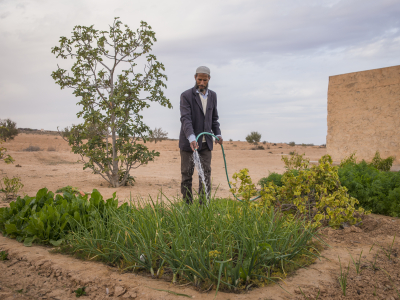
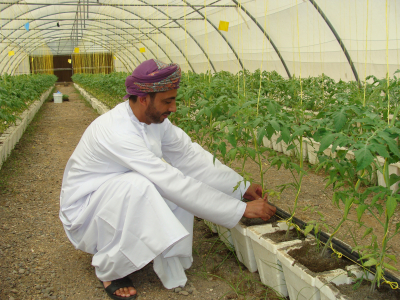
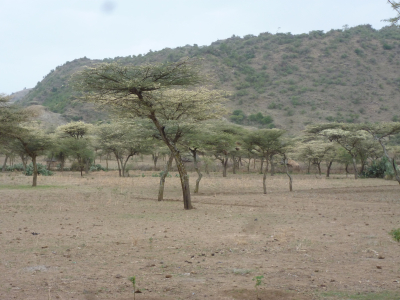
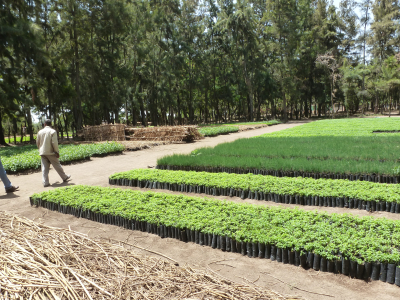





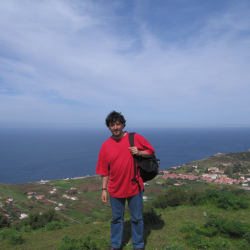

.JPG)






